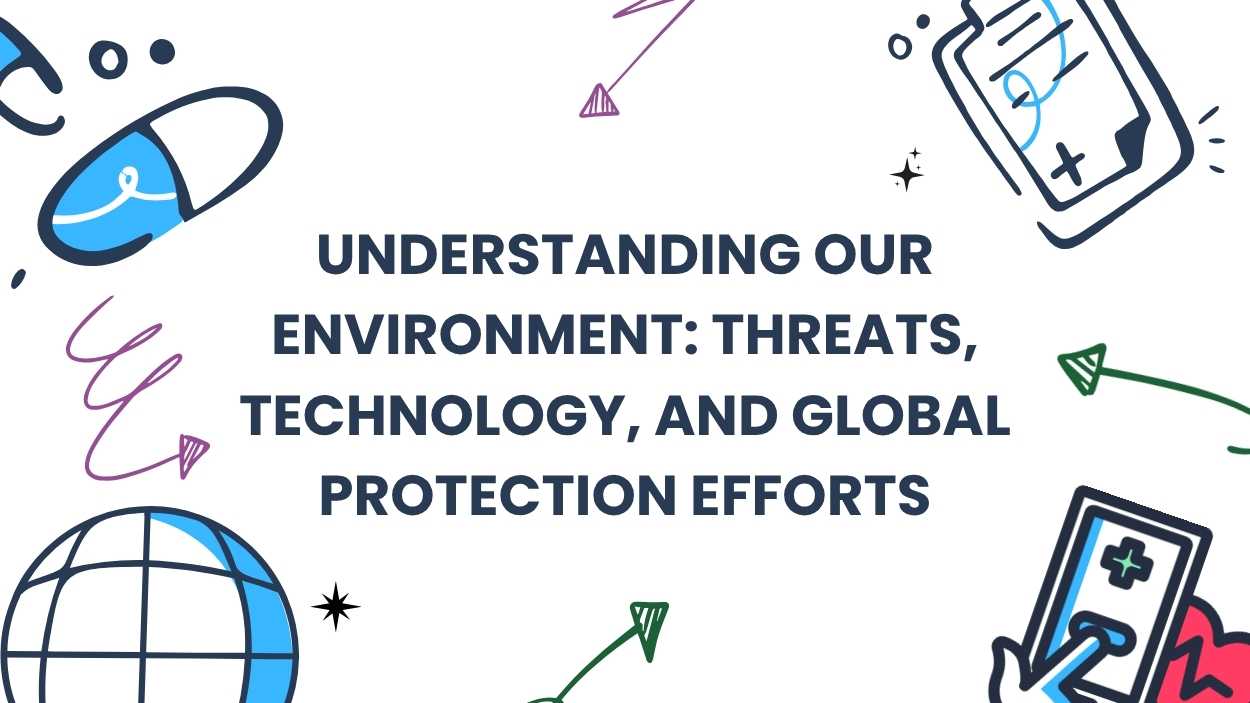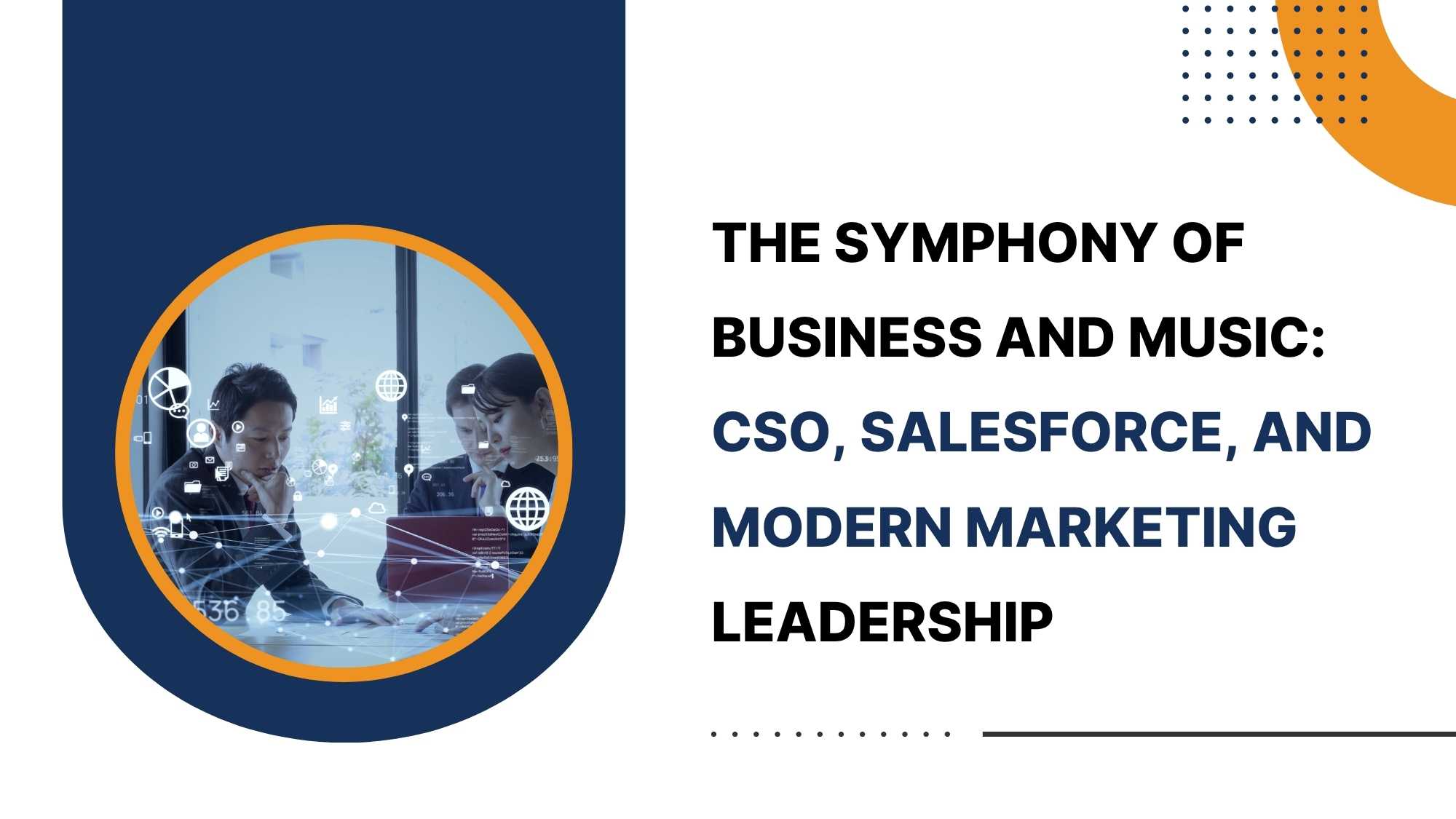User-generated content (UGC) is no longer a trendy buzzword; it’s the cornerstone of modern marketing. Forget polished, heavily-produced ads – today’s consumers crave authenticity, and UGC delivers. In 2025, the brands that thrive will be those that master the art of curating and leveraging content created by their own customers. This means moving beyond simply reposting the occasional photo and embracing a strategic, integrated approach that weaves UGC into every stage of the customer journey, from initial awareness to post-purchase loyalty. This guide will provide the blueprints.
The Power of Authentic Voices
The allure of UGC lies in its inherent credibility. People trust people, and in a world saturated with advertising, genuine reviews, candid photos, and honest testimonials cut through the noise. Think of it as word-of-mouth marketing amplified by social media. Brands are no longer the sole storytellers; their customers are now the narrators, and their experiences are the most compelling testimonials. Whether it’s a glowing product review on a retailer’s website or a customer’s Instagram post showcasing how they styled your clothing line, UGC provides social proof that resonates far more deeply than any carefully crafted marketing campaign, fostering trust and a sense of community.
Building a UGC Ecosystem
The beauty of a successful UGC strategy is its versatility. It’s not limited to a single platform or format; instead, it can be woven into every aspect of your brand’s online presence. From embedding customer photos on product pages to featuring positive reviews in email marketing campaigns and using branded hashtags to encourage content creation, the possibilities are endless. Effective UGC strategies also involve both organic and paid components. While encouraging customers to freely share their experiences is the ultimate goal, consider investing in paid UGC creators, especially if you’re a new brand building initial momentum. Just be sure to disclose this to comply with advertising regulations.
Strategic Implementation and Best Practices
To truly maximize the impact of UGC, a strategic and ethical approach is essential. This means obtaining explicit permission before repurposing content, always crediting the original creator, and clearly communicating the type of content you’re seeking. For example, if you’re a clothing brand, you might ask for photos showcasing your apparel in various settings, specifying what angles or lighting will showcase the best results. Moreover, aligning your UGC efforts with your broader marketing goals is critical. Are you looking to boost brand awareness, drive sales, or increase customer loyalty? Carefully measure the ROI by using the right tools, and use it to adjust your tactics and maximize the impact of UGC, helping you drive conversions.
UGC: The Future of Marketing
In 2025 and beyond, user-generated content isn’t just a tactic; it’s a mindset. It’s about empowering your customers to become brand advocates, transforming them from passive consumers into active participants in your brand’s narrative. By embracing authenticity, fostering a sense of community, and strategically integrating UGC into your marketing efforts, you can build stronger relationships with your audience, increase brand loyalty, and ultimately, drive sustainable business growth. The brands that understand and capitalize on the power of UGC will undoubtedly lead the way in the evolving digital landscape.













